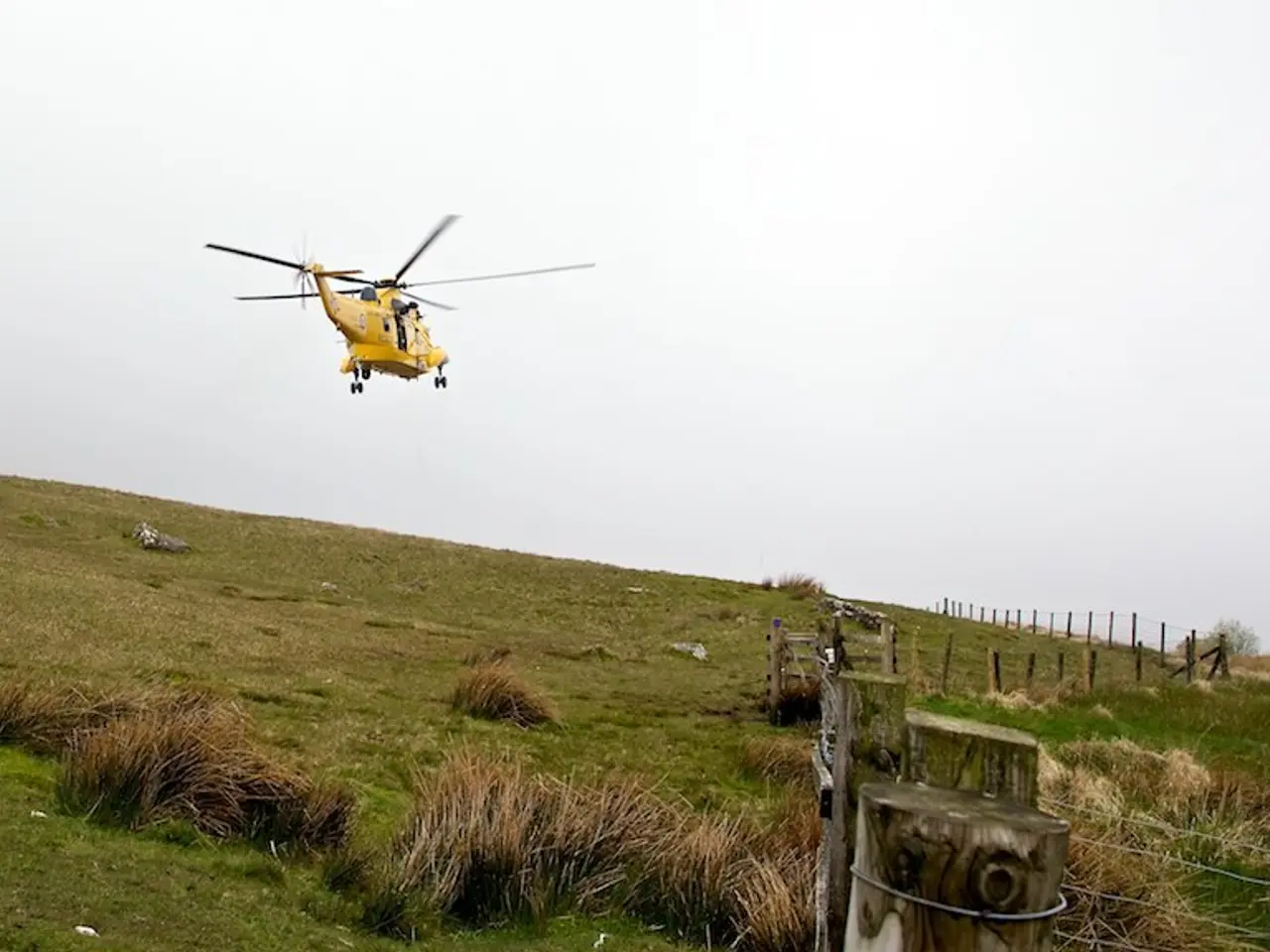Examining 1000 Photos to Discover Top-Notch Telescopes for Astrophotography in 2025
Top Telescopes for Astrophotography in 2025: Expert Picks and Recommendations
In the ever-evolving world of astrophotography, the best telescopes for capturing the mysteries of the cosmos have been identified based on expert reviews and data from prestigious astronomy competitions like the Astronomy Photographer of the Year. Here are some of the recommended models for 2025:
Large Schmidt-Cassegrain telescopes with flat-field EdgeHD optics offer professional-grade scopes with exceptional clarity and detail, suitable for both planetary and deep-sky imaging. These high-end telescopes cater to serious astrophotographers aiming at exceptional quality and versatility [1].
Another standout model is the William Optics RedCat 51, a portable, super-sharp refractor designed for wide-field deep-sky astrophotography. It delivers sharp, color-corrected images with excellent cross-field sharpness, making it perfect for capturing expansive star clusters and nebulae [1].
The Vaonis Vespera Pro smart telescope is another contender, featuring a 50/250mm f/5 quadruplet refractor with high-quality ED glass and a Sony IMX 676 sensor. The Vespera simplifies wide-field, color-accurate, flat-field astrophotography, making it an excellent choice for both beginners and advanced users focused on ease of use and image quality [2][3].
ZWO Seestar S30/S50 tabletop smart telescopes are also worth mentioning, offering automated alignment, tracking, and high-resolution sensors up to 24 MP. They streamline astrophotography for nebulas, galaxies, and other deep-sky objects, making them portable yet somewhat limited in terms of aperture size, better suited for wide-field shots than detailed planetary imaging [2][3].
The Takahashi FSQ-106EDX4 is the top pick for astrophotography, a Quadruplet Petzval Apochromatic Refractor telescope with a 4-inch aperture, 530mm focal length, and f/5 focal ratio. This high-end telescope is a favourite among professionals for its exceptional optical quality and versatility [4].
For those on a budget, the Sky-Watcher Quattro 200P is a recommended Newtonian Reflector telescope with an 8-inch aperture, 800mm focal length, and f/3.9 focal ratio. It offers a balance between affordability and performance [5].
A compact and portable option for beginners is the Dwarflab Dwarf 3, a Smart Telescope with a 1.6-inch aperture, 150mm focal length, and f/4.3 focal ratio. Although it has a relatively low aperture and short focal length, it is an affordable choice for those wanting to take a first step into deep-sky astrophotography [6].
It's essential to keep in mind that aperture size plays a crucial role in astrophotography, as larger apertures gather more light, enabling higher detail, especially necessary for planetary imaging or faint deep-sky objects. Additionally, optical quality and coatings matter since they minimize aberrations, which is critical for high-quality astrophotography. Mount and tracking systems with precise motorized mounts and robust tracking eliminate star trails during long exposures, ensuring clear images [1][2].
Lastly, while large telescopes provide more detail, compact refractors like the RedCat 51 or smart telescopes such as the Vespera offer easier setup and wide-field capabilities, often favoured in many prize-winning astrophotos [1][2].
References:
[1] Sky & Telescope
[2] Astrophotography Magazine
[3] AstroBackyard
[4] Telescope.com
[5] Sky-Watcher
[6] Dwarflab
- In 2025, large Schmidt-Cassegrain telescopes with EdgeHD optics will continue to be popular choices for astrophotographers, offering exceptional clarity and detail for both planetary and deep-sky imaging.
- The William Optics RedCat 51 is a portable, super-sharp refractor that delivers sharp, color-corrected images for capturing expansive star clusters and nebulae in wide-field deep-sky astrophotography.
- The Vaonis Vespera Pro smart telescope, with a high-quality ED glass and Sony IMX 676 sensor, simplifies wide-field, color-accurate, and flat-field astrophotography, making it an excellent choice for both beginners and advanced users.
- ZWO Seestar S30/S50 tabletop smart telescopes offer automated alignment, tracking, and high-resolution sensors up to 24 MP, making them efficient for capturing nebulas, galaxies, and deep-sky objects.
- The Takahashi FSQ-106EDX4 is the top pick for astrophotography, a professional-grade telescope with exceptional optical quality and versatility, perfect for capturing intricate details of planets, nebulae, and deep-sky objects.
- For those on a budget, the Sky-Watcher Quattro 200P, a Newtonian Reflector telescope, offers a balance between affordability and performance for beginners in astrophotography.
- The Dwarflab Dwarf 3, a compact and portable smart telescope, is an excellent choice for beginners wanting to take a step into deep-sky astrophotography, despite its relatively low aperture and short focal length.




